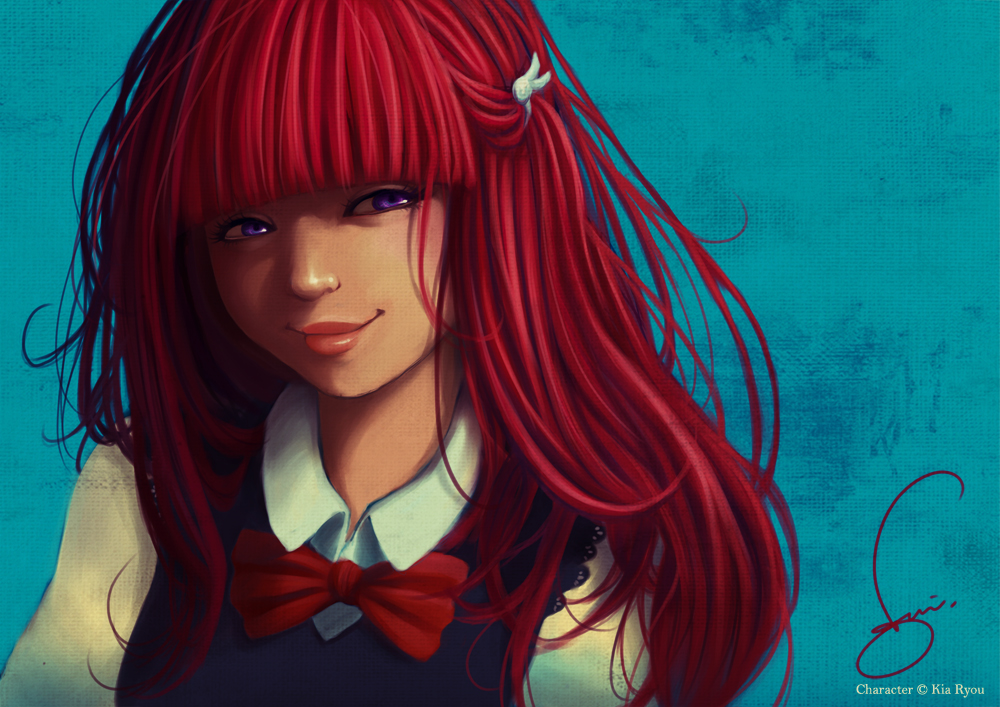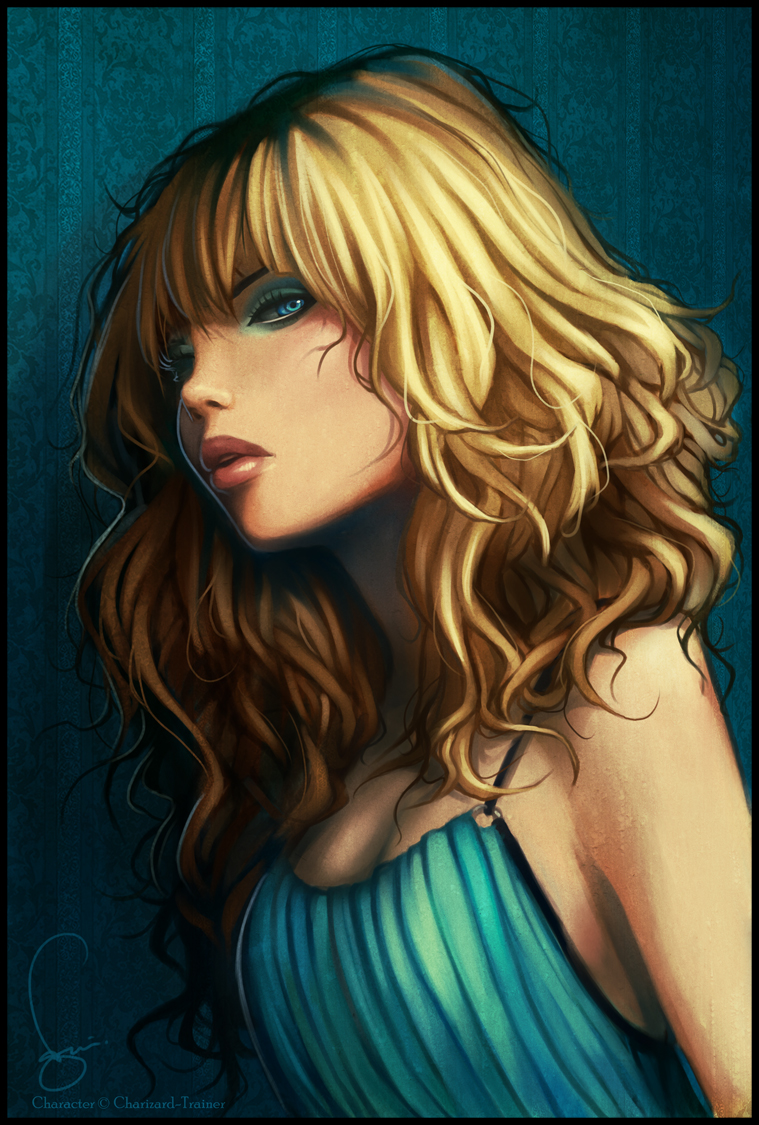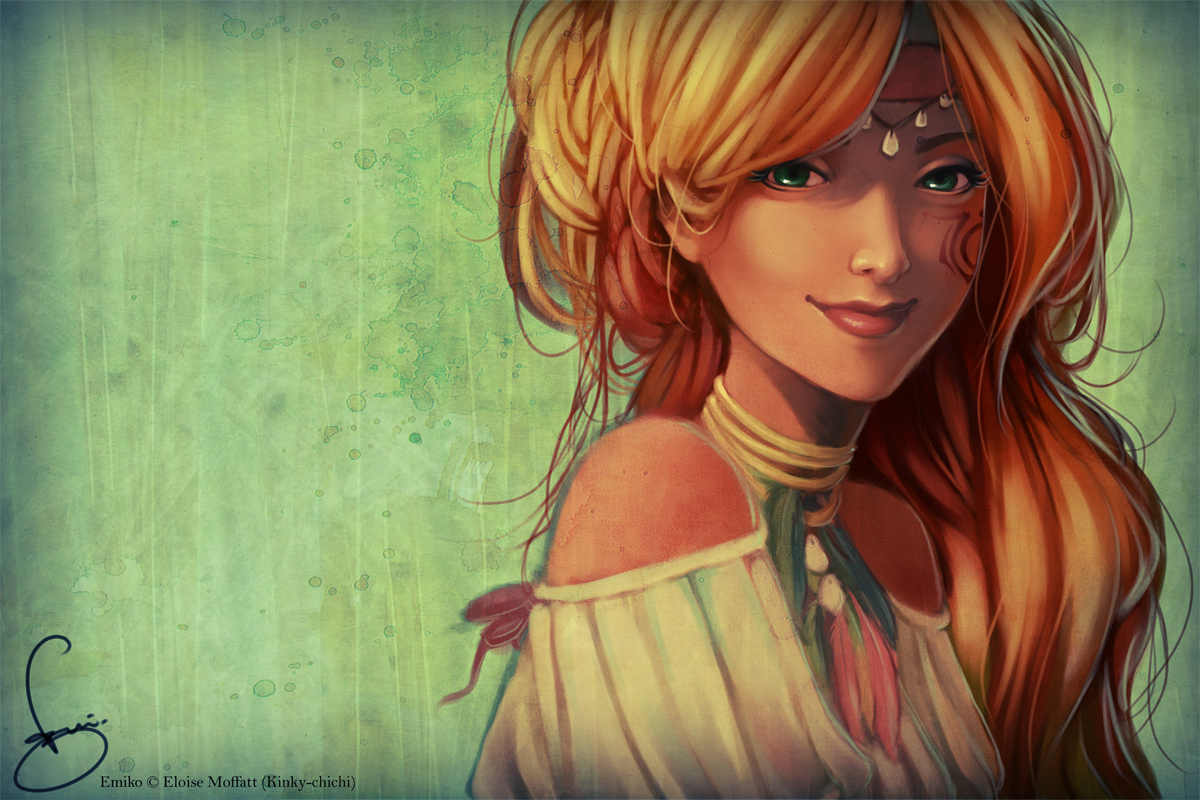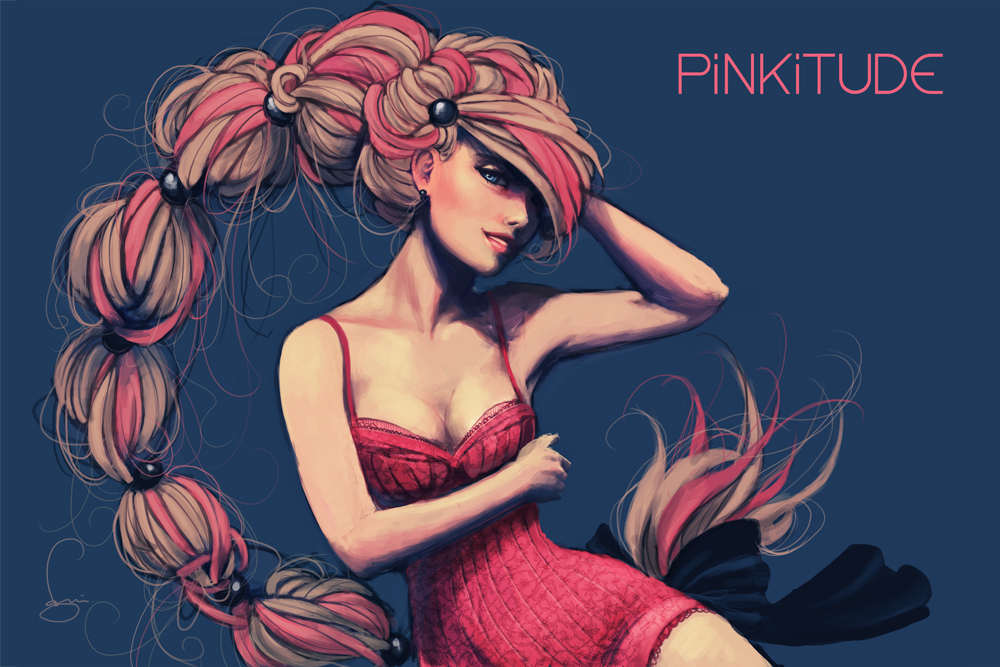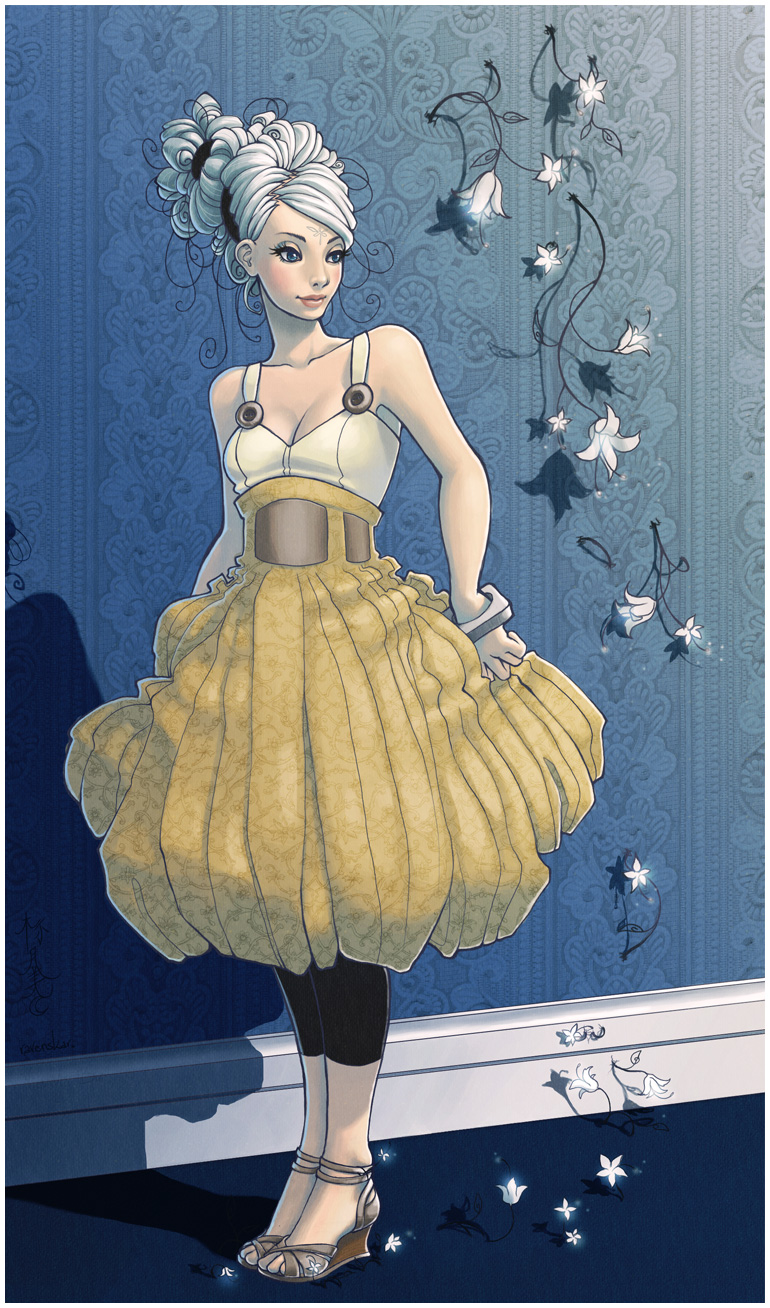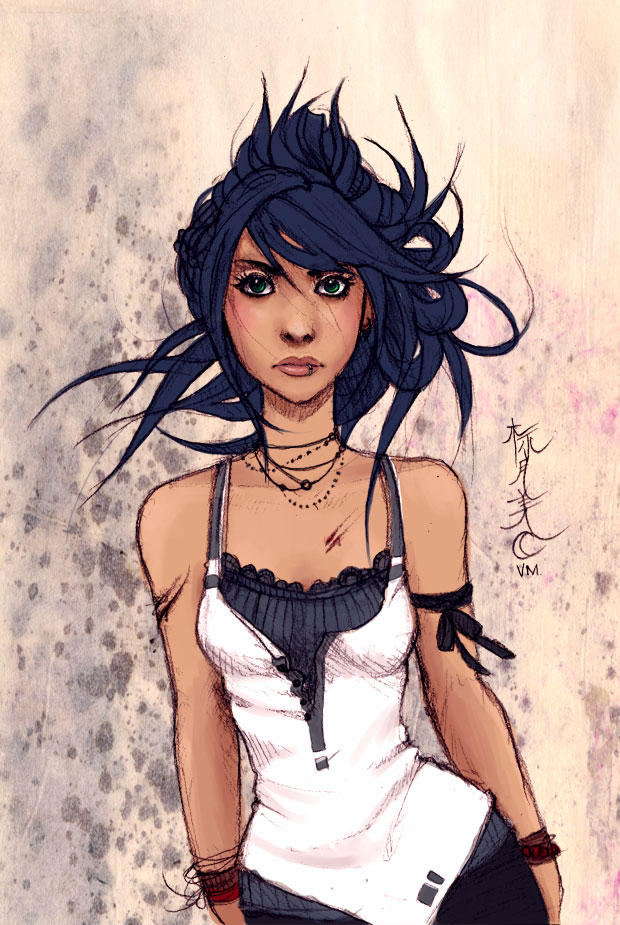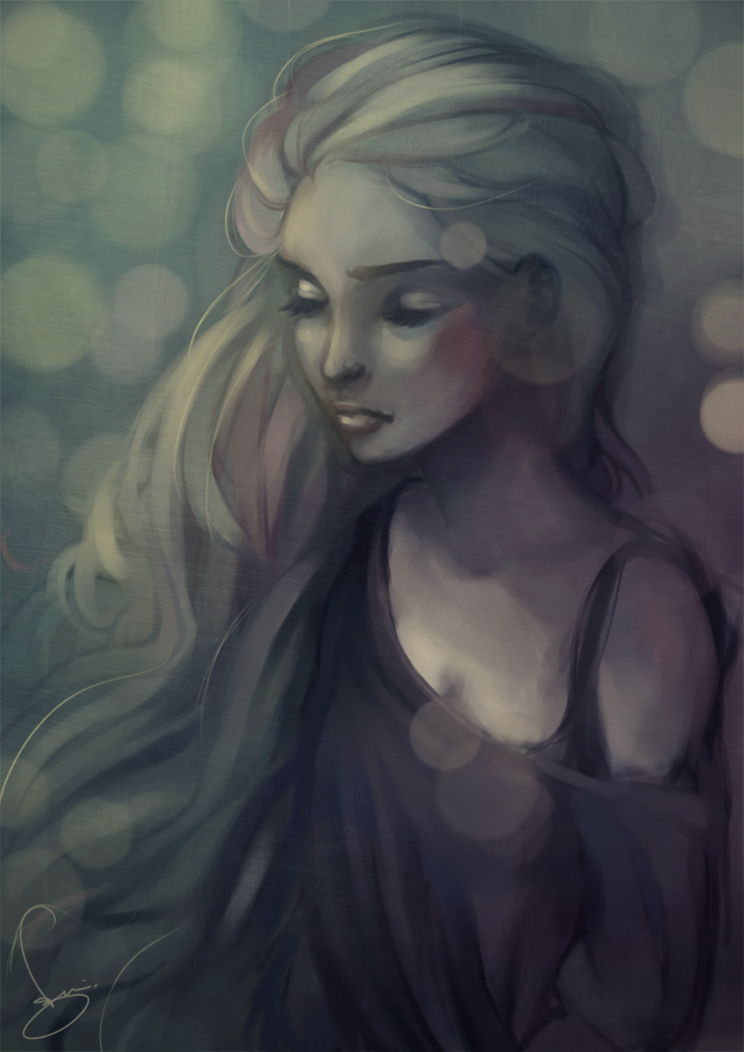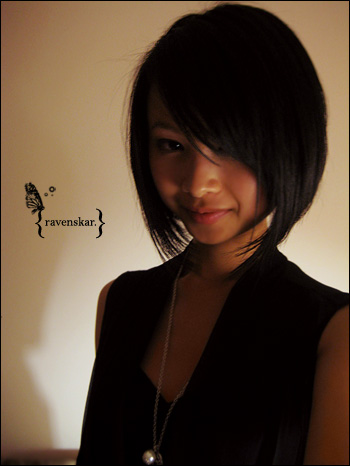Anime diye google de arattıgında da cıkan budur ilk sayfada. Bildigin üzere vikipedia nın ORJİNALİN de de acıklama aynen sudur umarım anlarsın...
Body proportions emulated in anime come from proportions of the human body. The height of the head is considered as the base unit of proportion. Head heights can vary as long as the remainder of the body remains proportional. Most anime characters are about seven to eight heads tall, and extreme heights are set around nine heads tall.[19]
Variations to proportion can be modded. Super deformed characters feature a non-proportionally small body compared to the head. Sometimes specific body parts, like legs, are shortened or elongated for added emphasis. Mostly super deformed characters are two to four heads tall. Some anime works like Crayon Shin-chan completely disregard these proportions. It is enough such that it resembles a Western cartoon. For exaggeration, certain body features are increased in proportion.[19]
A common approach is the large eyes style drawn on many anime and manga characters. Osamu Tezuka was inspired by the exaggerated features of American cartoon characters such as Betty Boop, Mickey Mouse, and Disney's Bambi.[3][20] Tezuka found that large eyes style allowed his characters to show emotions distinctly. When Tezuka began drawing Ribbon no Kishi, the first manga specifically targeted at young girls, Tezuka further exaggerated the size of the characters' eyes. Indeed, through Ribbon no Kishi, Tezuka set a stylistic template that later shōjo artists tended to follow.
Coloring is added to give eyes, particularly the cornea, and some depth. The depth is accomplished by applying variable color shading. Generally, a mixture of a light shade, the tone color, and a dark shade is used.[21][22] Cultural anthropologist Matt Thorn argues that Japanese animators and audiences do not perceive such stylized eyes as inherently more or less foreign.[5]
However, not all anime have large eyes. For example Hayao Miyazaki is known for not having large eyes and having realistic hair colors on his characters.[23] In addition many other productions also have been known to use smaller eyes. This design tends to have more resemblance to traditional Japanese art. Some characters have even smaller eyes, where simple black dots are used.
A wide variety of facial expressions are used by characters to denote moods and thoughts.[24] Anime uses a different set of facial expressions in comparison to western animation.
Other stylistic elements are common as well; often in comedic anime, characters that are shocked or surprised will perform a "face fault", in which they display an extremely exaggerated expression. Angry characters may exhibit a "vein" or "stressmark" effect, where lines representing bulging veins will appear on their forehead. Angry women will sometimes summon a mallet from nowhere and strike someone with it, leading to the concept of Hammerspace and cartoon physics. Male characters will develop a bloody nose around their female love interests (typically to indicate arousal, based on an old wives' tale).[25] Embarrassed characters either produce a massive sweat-drop (which has become one of the most widely recognized stereotype motifs of anime) or produce a visibly red blush beneath the eyes, especially as a manifestation of repressed romantic feelings. While common, the use of face faults is optional. Some anime, usually with political plots and other more serious subject matters, have abandoned the use of face faults such as Gundam Wing and Teknoman.

